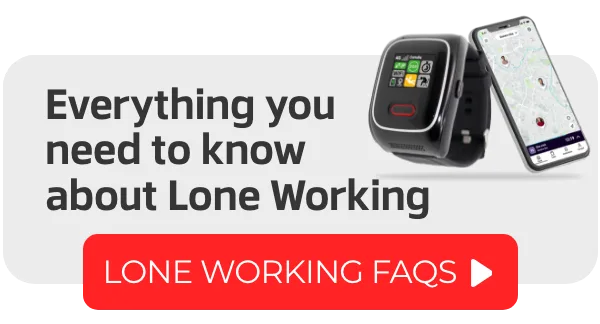Lone Worker Monitoring
Lone workers, operating without direct supervision, face unique risks, from accidents and injuries to emergencies and assaults. Effective lone worker monitoring is more than a legal requirement; it’s a moral obligation that shows your commitment to your most valuable asset: your people.
Implementing a robust lone working monitoring system not only ensures compliance with health and safety regulations but also fosters a culture of care and trust, empowering your team to perform at their best.
Lone worker monitoring can be broadly categorised into two types: Self-Monitoring and Remote Monitoring by an ARC (Alarm Receiving Centre).
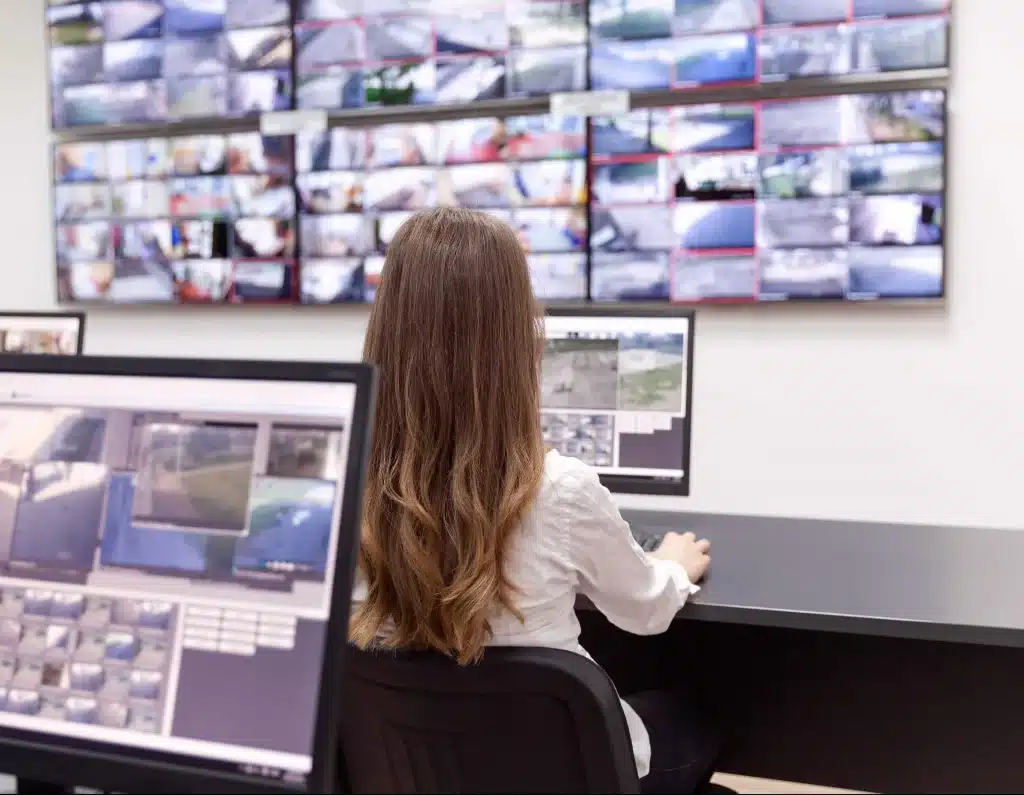
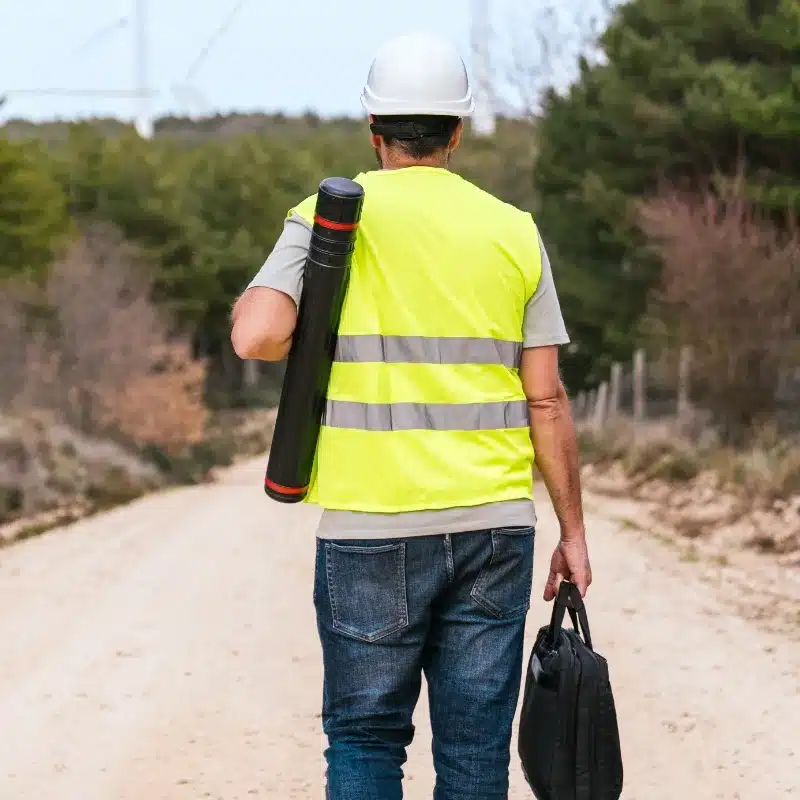
Self Monitoring
In Self-Monitoring, companies have the autonomy to configure how and to whom alerts are sent, bearing the responsibility for timely responses to these alerts. This offers flexibility but demands vigilant and rigorous internal management.
What are you visiting us for today? How can we help?

Remote Monitoring (ARC)
Remote Monitoring involves an accredited ARC, typically holding BS 8484 certification, that receives alerts and follows predetermined emergency response procedures. This option provides a professional, compliance-ready solution but may come at a higher cost.
Both approaches aim to ensure the safety of lone workers but differ in terms of management complexity and compliance assurance. Which solution is right for you will depend on your internal structure and capacity to respond to alerts, the geography of your lone workers and hours of operation.
Self Monitoring - Your Employer Platform
Almas Industries’ integration with Cuebly delivers a cutting-edge lone worker monitoring platform designed to give businesses a 360-degree view of all their lone workers.
Our platform allows you to tailor your emergency response protocols, ensuring that each worker receives the right assistance, right when they need it.
Best suited to companies that have the resources to ensure that alerts are acted upon swiftly and by the correct personnel, such as first aiders and supervisors.
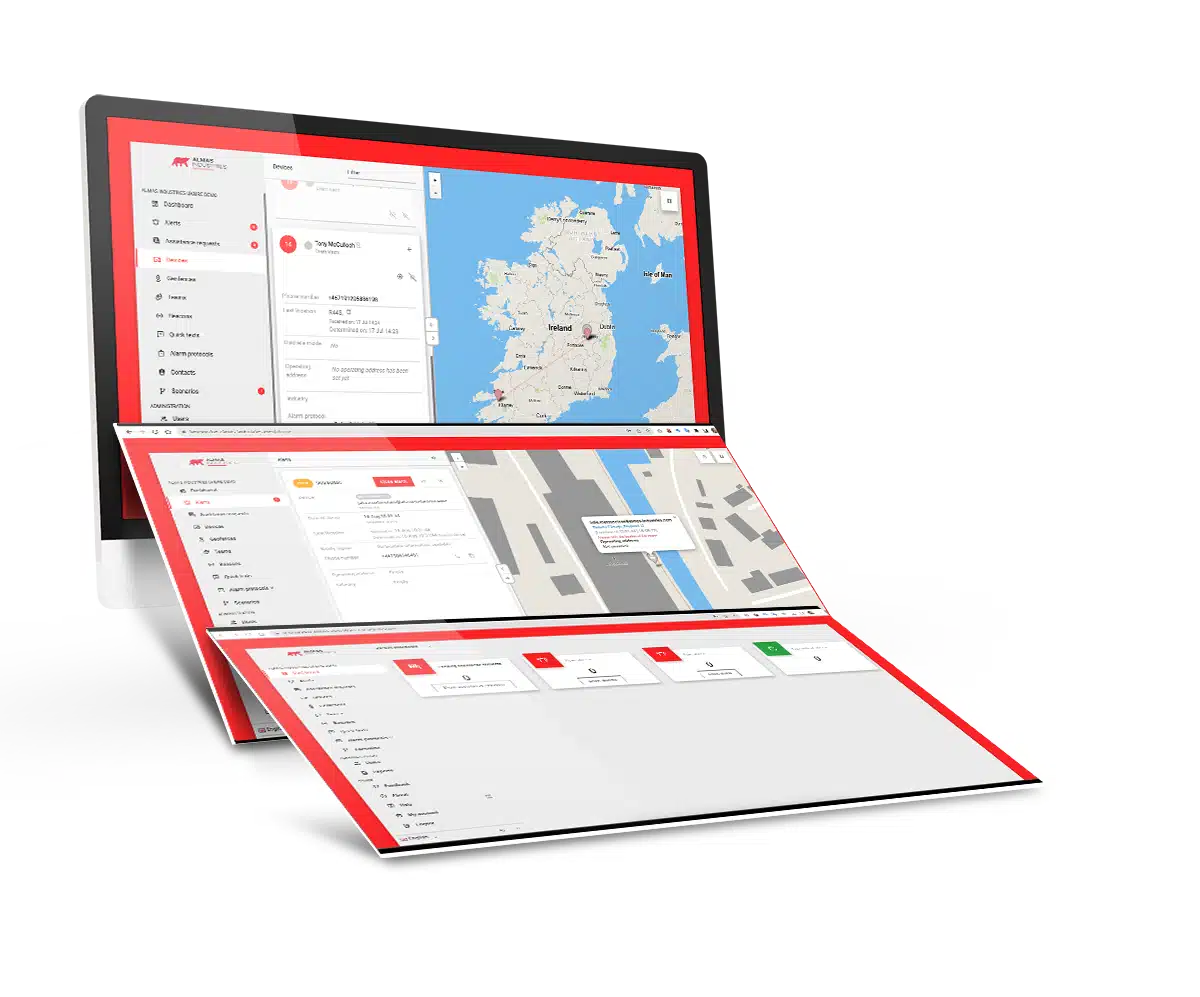
Remote ARC Monitoring
The key advantage of an ARC monitoring centre lies in its professional, round-the-clock monitoring and rapid response capabilities. With ARC monitoring, emergency procedures are not just predetermined but are executed by trained professionals who are equipped to make quick decisions in critical situations.
This ensures that the right kind of assistance reaches the person as swiftly as possible.
High-risk roles often involve unpredictable environments or potentially dangerous situations, the robustness and reliability of an accredited ARC, holding BS 8484 certification, offer an extra layer of security that self-monitoring systems may not be able to match.
Almas Industries has partnered with Corps Monitoring Centre (CMC) to provide ARC lone worker monitoring services. With state-of-the-art technology and 24/7 monitoring services, their accreditations are a testament to their quality, boasting NSI Gold certification along with BS 5979, BS 8418, BS 8484, and ISO 9001:2015 certifications.
One of the most advanced monitoring facilities in the UK, CMC utilises innovative solutions and the latest technology to provide a robust, effective and rapid response service.

Rapid 24/7 emergency support
Get help to your lone workers when they need it most
Protect Your Lone Workers Now
Get advice on the solution that aligns with your operational structure, geographical spread of lone workers, and your operational hours.
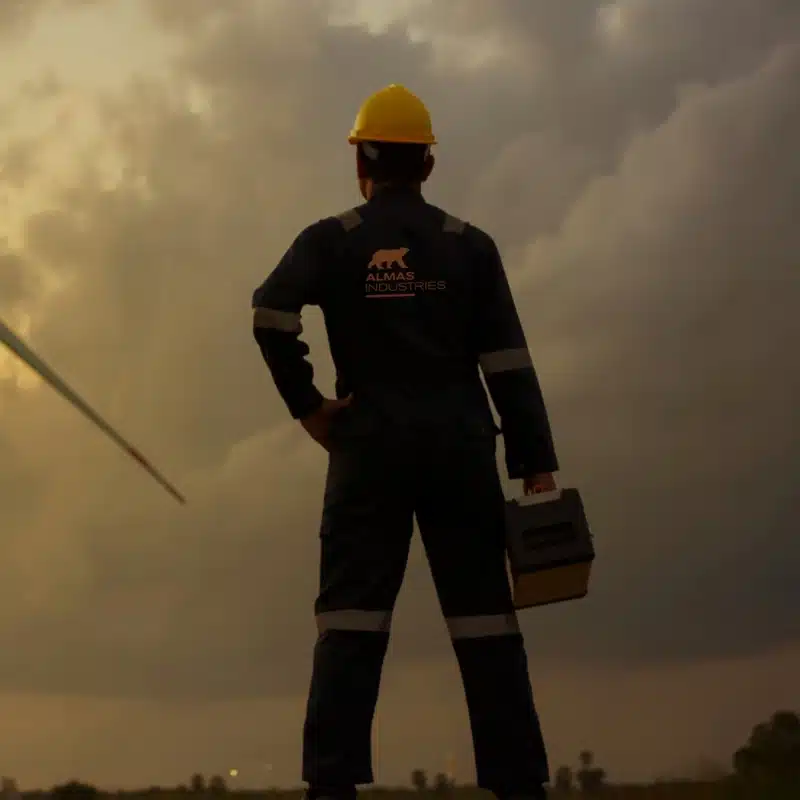
Contact us today to work with a leader in Irish Lone Worker Protection
Lone Worker Safety FAQs
Getting in touch is the best way to get specific questions answered but we've put together some information to the most often asked questions on our Lone Worker services and solutions
What is a Lone Worker?
A lone worker is any employee who performs their job duties in isolation from other workers, without direct supervision. This can include individuals working in remote locations, outside regular business hours, or in various field-based roles such as maintenance, delivery, and security.
Why is Lone Worker Safety Important?
Lone worker safety is vital because these employees are more vulnerable to risks such as accidents, health emergencies, and assaults. Without immediate access to help or supervision, the consequences of incidents can be more severe. Ensuring their safety not only protects employees but also helps organisations comply with legal requirements and maintain productivity.
What Are the Common Risks Faced by Lone Workers?
Health Emergencies
Sudden medical issues such as heart attacks or strokes.Accidents
Slips, trips, falls, or injuries from operating machinery.Assaults
Physical attacks, particularly in high-risk areas or during late hours.Environmental Hazards
Exposure to harmful substances or extreme weather conditions.
What Are the Legal Requirements for Lone Worker Safety?
Organisations are legally obligated to ensure the safety of their employees, including lone workers. This includes conducting thorough risk assessments, providing necessary training, and implementing appropriate safety measures. Specific legal requirements may vary by region, so it’s essential to stay informed about local regulations and standards.
How Can Organisations Ensure Lone Worker Safety?
Risk Assessments
Regularly conduct risk assessments to identify and mitigate potential hazards.Training
Provide comprehensive training on safety protocols, emergency procedures, and the use of safety equipment.Communication Tools
Equip lone workers with reliable communication devices to maintain regular contact.Monitoring Systems
Implement monitoring systems such as GPS tracking and automated check-in processes.Emergency Response Plans
Develop and regularly update emergency response plans tailored to lone workers’ specific needs.What Technologies Can Improve Lone Worker Safety?
Personal Safety Devices
Wearable devices with panic buttons and GPS tracking to alert emergency services.Mobile Apps
Applications that allow for easy check-ins and provide real-time location tracking.Remote Monitoring Systems
Technologies that enable real-time monitoring of lone workers’ status and location.Automated Check-In Services
Systems that require workers to check in at regular intervals, with alerts sent if a check-in is missed.
How much does the safety watch cost?
The lone worker safety watch is usually sold on a lease and service basis, meaning there is no upfront cost because we spread the cost of the watch over the term of the agreement, much as you do with your mobile phone contract. How much it is on a monthly basis will be determined by which services such as ARC monitoring or the employer platform you want to include in the package and whether you need indoor location beacons. We also do have some leeway with discounts for multiple units. Almas’ set up, configuration and ongoing support is included in any package.
Are there different ways to pay?
There are 2 different options. You can pay for the watch and accessories outright and then pay a monthly fee for onboarding and ongoing service and support. Or you can package the cost of the device in with the service cost and spread it over the term of a lease agreement. In short, there doesn’t need to be an upfront cost if you would rather pay monthly.
Are there any additional costs for accessories or advanced features?
The safety watch comes with a charger, watch strap and lanyard. If you want additional wall mounted multi-chargers, arm or ankle bands or clips then these would be an additional cost. If you want indoor location then we will survey your site to determine how many Bluetooth beacons are required and price these.
All features and alerts are included within our monthly fee.
Is there a minimum term?
Yes, how long that is will depend on which services you choose and which financing model you decide upon. If you buy the devices outright then it’s a minimum 12 month subscription for ARC monitoring. We also do subscriptions over 3 -5 years. If you choose to lease the safety watch then 3 years is generally the minimum term, but this includes all service, maintenance and support.
Are there subscription fees associated with using the device and its services? What does the subscription fee include?
Services include several different options, we package these different services according to your specific needs and requirements and you only pay 1 monthly fee to us.
Recurring factors include:
- Roaming Sim card charges
- Employer platform which gives you an overview of all devices, reports and customisable scenarios
- ARC monitoring for 24/7 alarm response
- Almas Technical Support, including additional training, configuration and onboarding, plus ongoing support.
What services are included?
Almas Industries service: we will support you through planning, implementation and onboarding, that includes configuration of all alerts and connection to the ARC monitoring if required. We are serious about lone worker safety and will make sure the set up is right for you and your team. Support with comms templates and ongoing training is included.
Your Employer Platform: this delivers an overview of all your devices, including non-usage reporting, alert response and the ability to create site wide scenarios so alerts get to the right people quickly.
ARC Monitoring: when your team are working away from a fixed site, quick and reliable response is crucial in the event of an accident, unattended medical emergency or assault. An accredited ARC monitoring service gives you confidence that alerts will be responded to swiftly and effectively, Every time. Response time can make the difference between a minor incident and a major one, don’t leave it to chance.
Is there an equipment guarantee?
Yes, if you lease your solution then a robust hardware guarantee is included for the duration, it covers any malfunctions or breakdown in the product, bar wilful damage.
Who are Almas Industries Ireland?
We are security and people protection specialists, we’re part of the pan European Almas Industries Group, that has over 30,000 products installed across 8 countries. In Ireland, we have been serving businesses since 2004 delivering full service, innovative security solutions. We strongly believe in building long term relationships with our customers through delivering great products, service and support.

